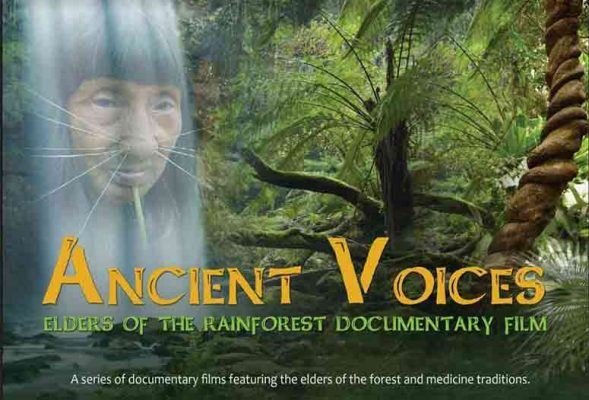The Amazon Rainforest, often referred to as the lungs of the Earth, is an immense biome that spans across eight countries in South America: Brazil, Bolivia, Peru, Ecuador, Colombia, Venezuela, Guyana, Suriname, and the French overseas territory of French Guiana. It’s the world’s largest tropical rainforest, known for its biodiversity and vast ecosystems. Here are some important and interesting facts about the Amazon Forest:
- Biodiversity: The Amazon Rainforest is one of the most biodiverse places on Earth, home to about 10% of the world’s known species. This includes more than 2.5 million insect species, tens of thousands of plants, and over 2,000 birds and mammals. It’s also home to many species that are found nowhere else on the planet.
- Size and Scope: The Amazon covers an area of approximately 5.5 million square kilometers (2.1 million square miles), which is nearly twice the size of India. It represents over half of the planet’s remaining rainforests.
- The Amazon River: The Amazon River, flowing through the north of the rainforest, is the largest river by discharge volume of water in the world. It’s so vast that there are no bridges that cross the river.
- Carbon Sink: The forest plays a crucial role in the carbon cycle. It absorbs large amounts of carbon dioxide, a greenhouse gas, helping to mitigate climate change. However, deforestation and forest degradation are threatening this critical function.
- Indigenous Peoples: The Amazon is home to approximately 400-500 indigenous tribes with their own languages and cultures. Some of these tribes have never had contact with the outside world.
- Pharmaceutical Resources: An estimated 25% of Western pharmaceuticals are derived from rainforest ingredients, yet less than 1% of Amazon rainforest plants have been tested by scientists for medicinal properties.
- Threats: The Amazon Rainforest faces numerous threats, including deforestation due to logging, agriculture, and ranching; mining; and climate change. These activities not only threaten the biodiversity and ecological balance of the rainforest but also the way of life of the indigenous peoples.
- The Amazon’s Impact on Weather: The Amazon plays a crucial role in global weather patterns. It helps regulate temperature and humidity and is a key part of the water cycle. The rainforest is responsible for creating as much as 50-75% of its own precipitation, through the moisture it releases into the atmosphere.
- Unique Ecosystems: Within the Amazon, there are various ecosystems, including tropical rainforests, seasonal forests, deciduous forests, flooded forests, and savannas. This diversity supports the wide range of plant and animal life.
- Conservation Efforts: There are numerous conservation efforts underway to protect the Amazon Rainforest, involving governments, NGOs, indigenous communities, and international bodies. These efforts include protected areas, sustainable development initiatives, and projects to reduce deforestation and forest degradation.
The Amazon is not only a key to the biodiversity and ecological health of our planet but also a source of life and culture for the indigenous peoples who live there. Its preservation is crucial for combating climate change, protecting biodiversity, and ensuring the health of our global environment.
Get to Know More About the Amazon Forest:
State of the Worlds Rainforests
Deforestation of the Amazon Forest






 Join the Tribe
Join the Tribe